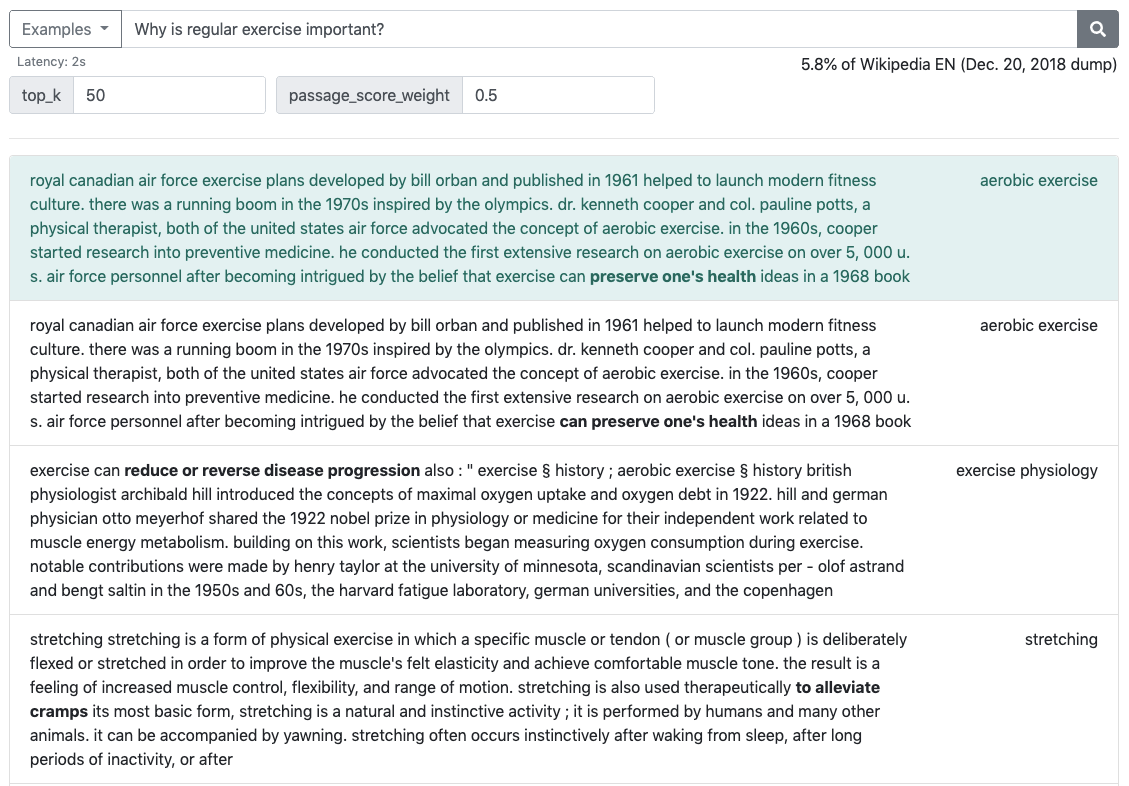Nonlinear Risk Bounded Robot Motion Planning
This code simulates the bicycle dynamics of car by steering it on the road by avoiding another static car obstacle in a CARLA simulator. The ego_vehicle has to consider all the system and perception uncertainties to generate a risk-bounded motion plan and execute it with coherent risk assessment. Coherent risk assessment for a nonlinear robot like the car in this simulation is made possible using nonlinear model predictive control (NMPC) based steering law combined with Unscented Kalman filter for state estimation purpose. Finally, distributionally robust chance constraints applied using a temporal logic specifications evaluate the risk of a trajectory before being added to the sequence of trajectories forming a motion plan from the start to the destination.
Click the picture to watch the corresponding youtube video supporting our work
The code in this repository implements the algorithms and ideas from our following paper:
- V. Renganathan, S. Safaoui, A. Kothari, I. Shames, T. Summers,
Risk Bounded Nonlinear Robot Motion Planning With Integrated Perception & Control, Submitted to the Special Issue on Risk-aware Autonomous Systems: Theory and Practice, Artificial Intelligence Journal, 2021.
Dependencies
- Python 3.5+ (tested with 3.7.6)
- Numpy
- Scipy
- Matplotlib
- Casadi
- Namedlist
- Pickle
- Carla
Installing
You will need the following two items to run the codes. After that there is no other formal package installation procedure; simply download this repository and run the Python files.
- CARLA SIMULATOR VERSION: 0.9.10
- UNREAL ENGINE VERSION: 4.24.3
Modules of an autonomy stack
There are two main modules for understanding this whole package
- First, a high level motion planner has to run and it will generate a reference trajectory for the car from start to the end
- Second, a low level tracking controller will enable the car to track the reference trajectory despite the realized noises.
Procedure to run the code
- Run the python code
Generate_Monte_Carlo_Noises.pywhich will generate and load the required noise parameters and data required for simulation into pickle files - Run the python code
Run_Path_Planner.py - The code will run for specified number of iterations and produces all required data
- Then load the cooresponding pickle file data in file
main.pyin the line number #488. - Run the
main.pyfile with the Carla executable being open already - The simulation will run in the Carla simulator where the car will track the reference trajectory and results are stored in pickle files
- To see the tracking results, run the python file
Tracked_Path_Plotter.py
Running Monte-Carlo Simulations
- Create a new folder called
monte_carlo_resultsin the same directory where the python filemonte_carlo_car.pyresides. - Update the
trial_numat line #1554 in the filemonte_carlo_car.pyand run it while the Carla executable is open (It will automatically load the noise realizations corresponding to thetrial_numfrom the pickle files) - After the simulation is over, automatically the results are stored under the folder
monte_carlo_resultswith a specific trial name - Repeat the process by changing trial number in step 2 and run again.
- Once the all trials are completed, run the python file
monte_carlo_results_plotter.pyto plot the monte-carlo simulation results
Variations
- Instead of Distributionally robust chance constraints, if you would like to have a simple Gaussian Chance Constraints, then change
self.DRFlag = Falsein line 852 in the fileDR_RRTStar_Planner.py - Choose your own state estimator UKF or EKF by commenting and uncommenting the corresponding estimator in lines 26-27 of file
State_Estimator.py
Funding Acknowledgement
This work is partially supported by Defence Science and Technology Group, through agreement MyIP: ID10266 entitled Hierarchical Verification of Autonomy Architectures, the Australian Government, via grant AUSMURIB000001 associated with ONR MURI grant N00014-19-1-2571, and by the United States Air Force Office of Scientific Research under award number FA2386-19-1-4073.
Contributing Authors
- Venkatraman Renganathan - UT Dallas
- Sleiman Safaoui - UT Dallas
- Aadi Kothari - UT Dallas
- Benjamin Gravell - UT Dallas
- Dr. Iman Shames - Australian National University
- Dr. Tyler Summers - UT Dallas
Affiliation
TSummersLab - Control, Optimization & Networks Laboratory (CONLab)





